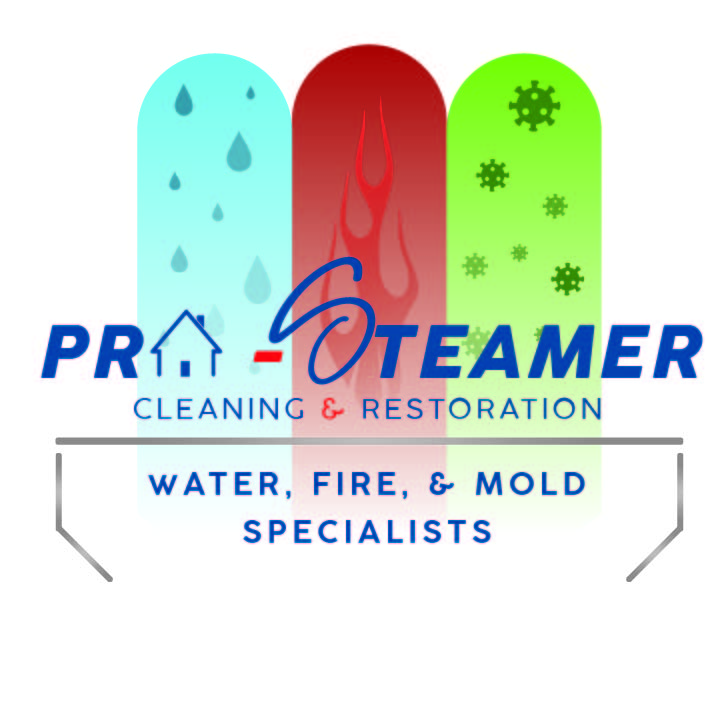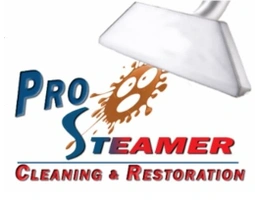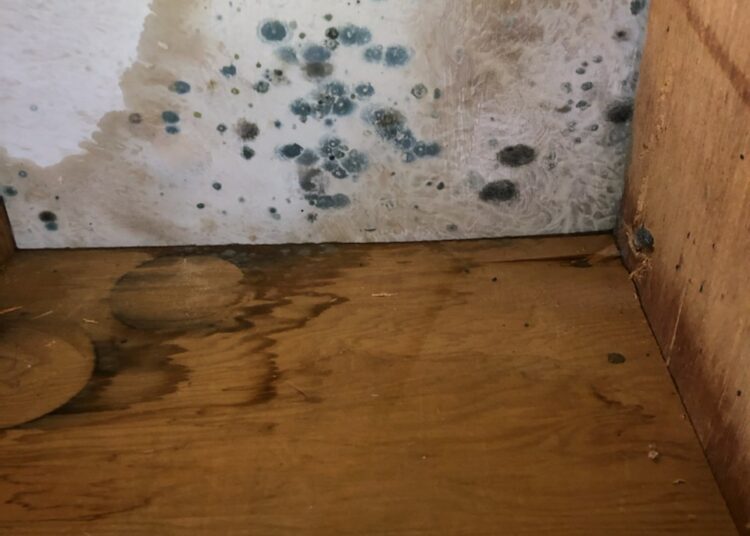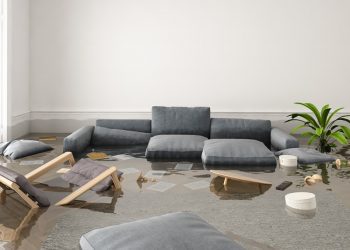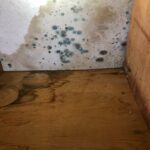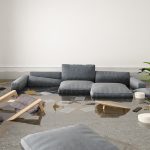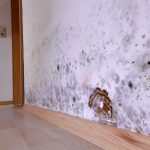Understanding Mold Growth on Walls
Mold thrives in damp, warm environments, making walls—especially in bathrooms, basements, and kitchens—prime targets for growth. Mold can spread quickly if left untreated, causing damage to your home’s structure and potentially impacting indoor air quality. Common causes of mold growth on walls include:- High humidity levels
- Water leaks
- Poor ventilation
- Condensation buildup
Safety Precautions Before Removing Mold
Before you start the mold removal process, take the following safety measures:- Wear protective gear: Use gloves, safety goggles, and an N95 respirator to avoid inhaling mold spores.
- Ventilate the area: Open windows and use fans to circulate air while you work.
- Contain the mold: Seal off the affected area with plastic sheeting to prevent mold spores from spreading to other parts of your home.
Step-by-Step Mold Removal Process
1. Identify the Affected Areas
Examine your walls to determine the extent of the mold growth. If the mold covers a small area (less than 10 square feet), you can likely remove it yourself. However, if the infestation is extensive, it’s best to call Pro Steamer for professional mold remediation.2. Prepare Your Cleaning Solution
- Vinegar: White distilled vinegar is a natural and effective mold killer. Spray undiluted vinegar on the affected area and let it sit for an hour before wiping it off.
- Baking Soda and Water: Mix one teaspoon of baking soda with two cups of water and apply it to the mold. Scrub with a brush and wipe clean.
- Bleach Solution: Mix one cup of bleach with a gallon of water. Use this solution on non-porous surfaces, but avoid it on painted walls, as it may cause discoloration.
3. Scrub and Remove the Mold
Use a stiff-bristled brush or sponge to scrub the mold off the wall. Apply pressure as needed but be careful not to damage the wall’s surface. For porous materials like drywall, the mold may have penetrated deeper, requiring professional remediation.4. Rinse and Dry the Area
After scrubbing, use a clean damp cloth to wipe down the area. Allow the wall to dry completely, as lingering moisture can lead to mold regrowth. Use fans or a dehumidifier to speed up the drying process.5. Apply a Mold-Resistant Treatment
Once the area is dry, apply a mold-resistant primer or paint to help prevent future growth. This step is particularly important for areas prone to moisture exposure.When to Call Pro Steamer for Professional Mold Remediation
While DIY mold removal works for small areas, certain situations require professional intervention. Pro Steamer is a trusted leader in mold remediation and can help in cases where:- The mold covers an area larger than 10 square feet.
- Mold has penetrated deep into drywall, wood, or insulation.
- You experience recurring mold problems despite cleaning efforts.
- There is a strong, musty odor indicating hidden mold growth.
- You or your family members are experiencing unexplained respiratory issues.
Preventing Future Mold Growth
Once you’ve removed the mold, take proactive steps to prevent it from returning:- Control Humidity Levels: Keep indoor humidity below 50% using dehumidifiers and air conditioners.
- Fix Leaks Promptly: Repair any water leaks from pipes, roofs, or windows to prevent moisture buildup.
- Improve Ventilation: Use exhaust fans in bathrooms and kitchens to reduce condensation.
- Use Mold-Resistant Materials: When renovating, consider using mold-resistant drywall and paints.
- Regular Inspections: Periodically check areas prone to moisture, such as basements and attics, for signs of mold.
Final Thoughts
Mold on walls is a serious issue that requires swift action. While DIY methods can help with small mold patches, extensive infestations should be handled by professionals like Pro Steamer. Their expertise ensures that mold is completely removed and prevented from coming back, keeping your home safe and healthy. If you suspect mold growth in your home, don’t wait—contact Pro Steamer today for a thorough mold remediation assessment and service.FAQ
1. What causes mold to grow on walls?
Mold grows on walls due to excessive moisture, high humidity, poor ventilation, and water leaks. Areas like bathrooms, basements, and kitchens are especially prone to mold due to frequent moisture exposure.2. Can I remove mold from walls myself?
Yes, small mold patches (under 10 square feet) can be removed using household solutions like vinegar, baking soda, or bleach. However, if the mold is widespread or keeps returning, professional remediation from Pro Steamer is recommended.3. How do I know if mold has spread inside my walls?
Signs of hidden mold include a persistent musty odor, discoloration on walls, peeling paint, and respiratory issues among household members. If you suspect mold inside walls, Pro Steamer can conduct an inspection using advanced detection methods.4. What is the best way to clean mold off walls?
A mixture of white vinegar and water, baking soda, or diluted bleach can be used to clean mold off non-porous walls. Scrub gently with a brush, wipe clean, and ensure the area is completely dry to prevent regrowth.5. Is bleach effective for mold removal?
Bleach can kill surface mold on non-porous walls but does not penetrate porous materials like drywall. Vinegar is often a safer and more effective alternative. For deep mold infestations, professional removal by Pro Steamer is advised.6. How can I prevent mold from coming back after cleaning?
To prevent mold regrowth:\n- Control indoor humidity (keep it below 50%).- Fix leaks and water damage promptly.
- Improve ventilation in bathrooms and kitchens.
- Use mold-resistant paint and materials.
7. When should I call a professional for mold removal?
Call Pro Steamer if:\n- Mold covers an area larger than 10 square feet.- You experience recurring mold growth.
- There is a strong, persistent musty smell.
- Mold is growing inside walls or HVAC systems.
- You or your family have unexplained health issues.
8. Can mold on walls make me sick?
Yes, exposure to mold can cause respiratory problems, allergies, skin irritation, and worsen conditions like asthma. Long-term exposure to toxic molds can lead to more severe health issues.9. How does Pro Steamer remove mold from walls?
Pro Steamer uses a comprehensive mold remediation process that includes:\n- Mold testing and assessment.- Containment to prevent spread.
- HEPA vacuuming and antimicrobial treatments.
- Moisture control solutions to prevent future mold growth.
